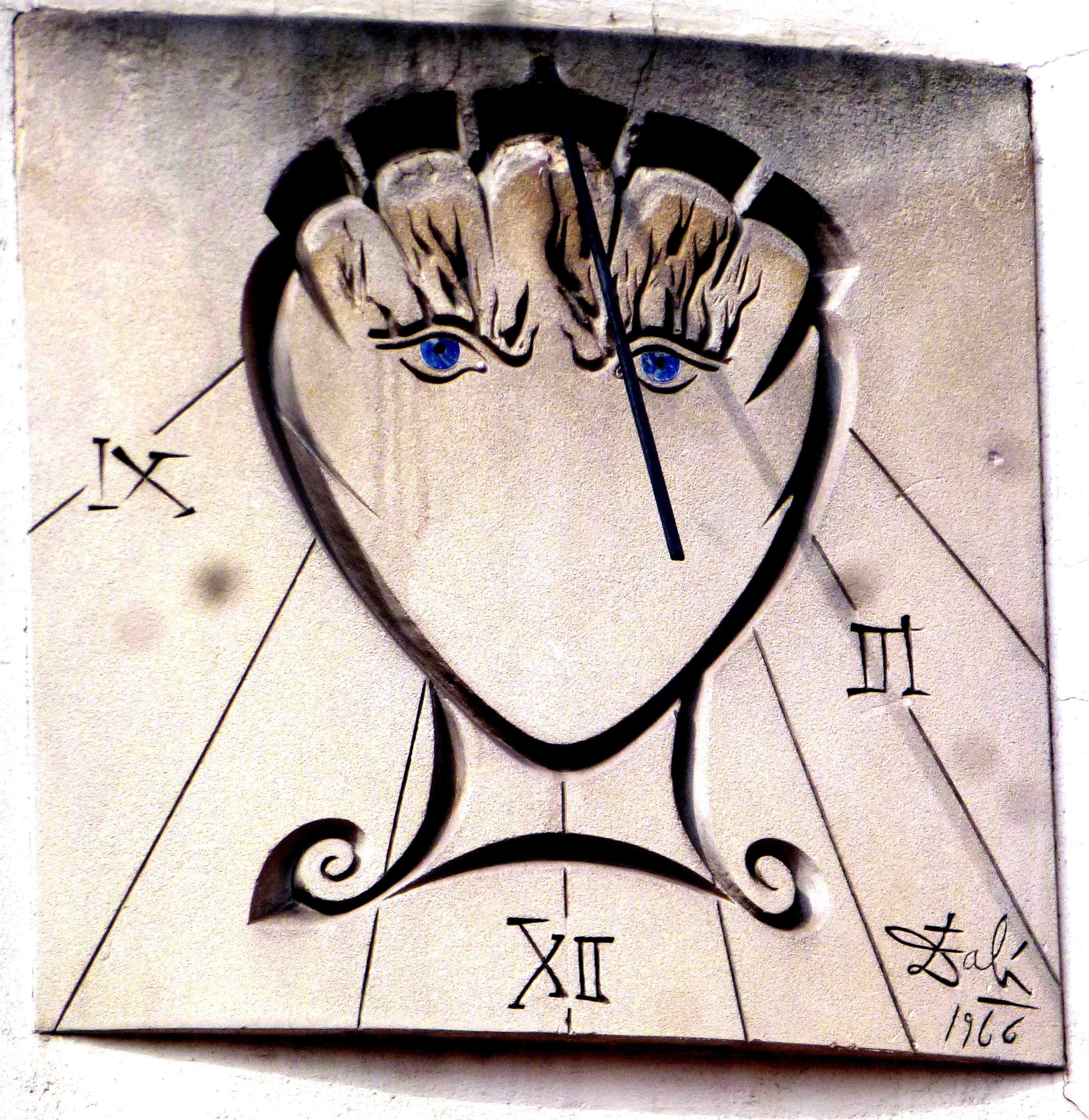The Pacific coast of Colombia is known for its violence, yet Afro-Colombian ladies are working to improve the story on this region and attract vacationers to the area. The region is home to a wealth of natural information, which includes beautiful shorelines, massive rivers, lush rainforests and a diverse blend local cultures. Recent regional development plans have created opportunities for revitalization.
The recovery of the azotea system is central to Afro-Colombian women’s culture and gender identification. It has become the source of women’s empowerment, and of cultural and family cohesion. They have also become a lifeline for females who have lost their terrain due to physical violence.
Prior to 1851, Blacks in Colombia got no liberty and were forced into captivity. Some escaped and settled in towns known as maroons. Today, the largest attention of Black women in Colombia is found in the village of San Basilio de Palenque, one hour outside Cartagena. The language spoken in Cerca is based on Spanish and the languages within the Democratic Republic of Congo.
The government of Colombia is trying to protect Afro-Colombian culture, and has introduced a lot of programs to help the education of the persons. One major program admits 200 Afro-Colombians for the National Colombian University just about every semester. Comparable to affirmative actions in the United States, the Ministry of Education has also tried to make recommendations regarding Afro-Colombian history and way of life.
Addititionally there is an ongoing city conflict in Colombia, with armed teams in the communities. In this circumstance, many women from dark communities will be fleeing to Cali, the main city in south west Colombia. One of them is Erlendy Cuero, so, who fled her hometown in 2000 once her father was mortally wounded. Later, the girl was sexually assaulted and had her home destroyed in a land dispute. Now, she works as the vice-president belonging to the National Relationship of Out of place Afro-descendants. Cuero is wearing a lime green polo with jeans and says that she and her kids have experienced frequent threats. Your lady and her two children are in a general population housing production.
Through Colombia, women include long utilized their hair to deliver messages to one another and talk their preferences. During slavery, a woman who also wished to escape would braid her hair in thick, tight braids, close to the remaining hair, and link them in a bun on top. In recent years, this traditional hairstyle has turned a return in Republic of colombia, with more women of all ages utilizing it to express the desires.

The Afro-Colombian https://www.lovepanky.com/men/how-to-tips-and-guide-for-men/how-to-ask-a-girl-out-over-text number of Colombia was reported to be on the lookout for. 34% in the 2018 census. These quantities are estimated, but there is a large gap between census outcomes and self-identification. This disparity shows the musical legacy of splendour against Africans. The population https://afrocolombianwomen.org/ of African ancestry has been isolated for centuries and medicated as far inferior because of hurtful ideologies.
The largest world https://nissiwrites.com/uncategorized/benefits-of-online-dating-pertaining-to-busy-persons/ of Afro-Colombians lives in the Choco team on the Pacific coast. Mainly because of the location as well as the rapid method of travel of slaves during colonization, the Pacific shoreline is the only part of Colombia where the majority of the citizenry is black.

